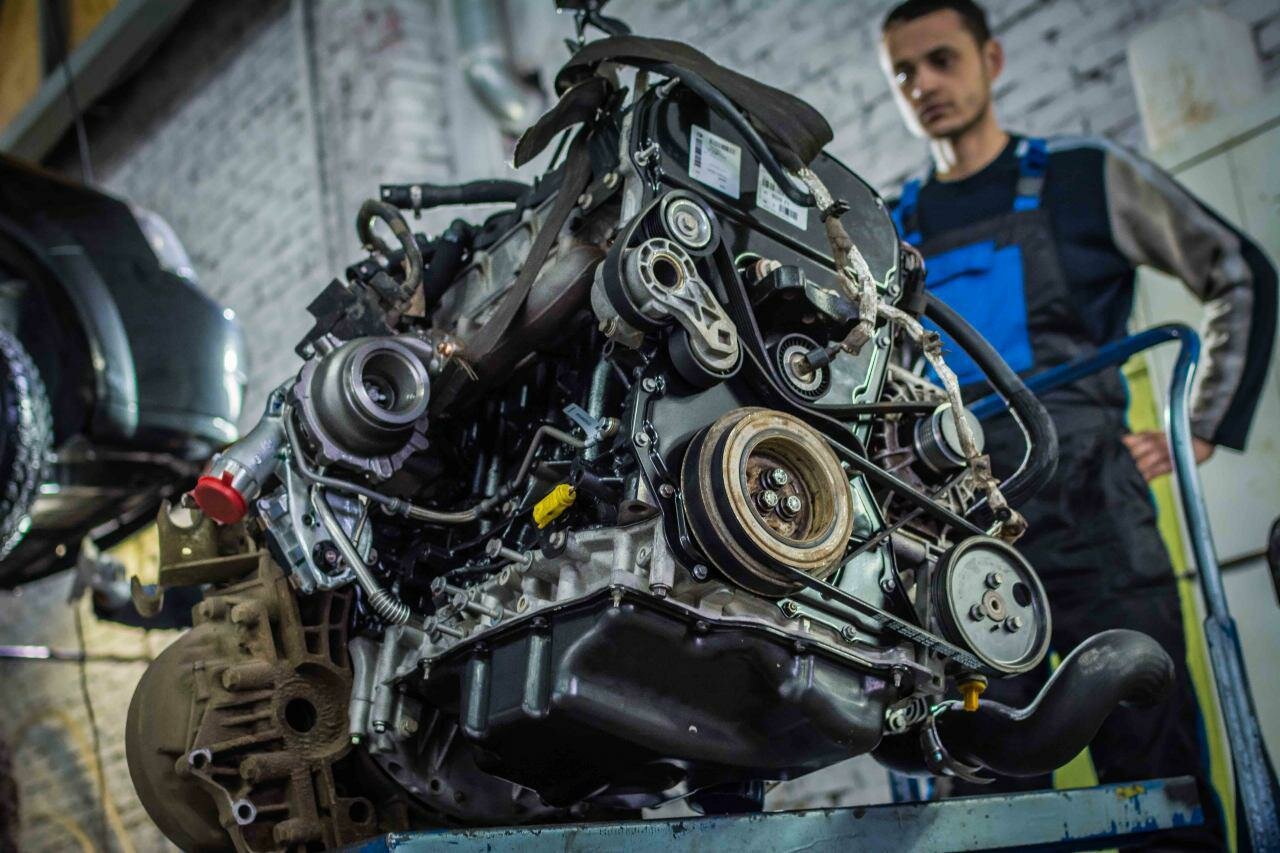Chevy 2.5 Engine: A Brief Overview
History and Development
The Chevy 2.5 engine, also known as the Iron Duke, has a storied history that dates back to the late 1970s. Initially developed by General Motors, this four-cylinder engine was designed to provide a balance of performance and fuel efficiency for a variety of vehicles, including the Chevrolet S-10, Pontiac Fiero, and various models of the Chevrolet Camaro. The Iron Duke was a response to the growing demand for smaller, more economical engines during an era marked by fuel crises and changing consumer preferences.
Throughout its production run, the 2.5 engine underwent several modifications and improvements. It was known for its simplicity and durability, making it a popular choice for those seeking a reliable powertrain. However, despite its reputation for longevity, the Iron Duke is not without its share of problems. Over the years, many owners have reported a range of issues that can affect performance, reliability, and overall driving experience.
As the automotive landscape evolved, the Chevy 2.5 engine began to show its age. Competing engines from other manufacturers offered better performance and efficiency, leading to a decline in the Iron Duke’s popularity. Despite this, the engine remains a notable part of Chevrolet’s history, with a dedicated following among enthusiasts and collectors. Understanding the common problems associated with the Chevy 2.5 engine is crucial for anyone considering a vehicle equipped with this powertrain, as it can help potential buyers make informed decisions and prepare for necessary maintenance.
Common Problems with the Chevy 2.5 Engine
The Chevy 2.5 engine, while known for its durability, is not immune to a variety of issues that can arise over time. Owners of vehicles equipped with this engine should be aware of these common problems to ensure proper maintenance and avoid costly repairs. Below are some of the most frequently reported issues associated with the Chevy 2.5 engine.
1. Oil Leaks
Oil leaks are one of the most common problems faced by Chevy 2.5 engine owners. These leaks can occur due to worn gaskets, seals, or even cracks in the engine block. If left unaddressed, oil leaks can lead to severe engine damage.
2. Overheating
Overheating can be a significant issue for the Chevy 2.5 engine. This problem can stem from a variety of causes, including:
- Faulty thermostat
- Clogged radiator
- Failed water pump
- Low coolant levels
If the engine overheats, it can cause serious damage, including warped cylinder heads and blown head gaskets.
3. Timing Chain Issues
The timing chain in the Chevy 2.5 engine is crucial for maintaining proper engine timing. Over time, the timing chain can stretch or wear out, leading to a range of problems, including poor engine performance and increased emissions. In severe cases, a failed timing chain can result in catastrophic engine failure.
4. Fuel System Problems
Fuel system issues can also plague the Chevy 2.5 engine. Common problems include:
- Clogged fuel injectors
- Faulty fuel pump
- Dirty fuel filter
These issues can lead to poor fuel economy, rough idling, and decreased engine performance.
5. Ignition System Failures
The ignition system is vital for the engine’s operation. Problems such as worn spark plugs, faulty ignition coils, or issues with the ignition module can lead to misfires, poor acceleration, and difficulty starting the engine.
6. Exhaust System Issues
Exhaust system problems can also affect the Chevy 2.5 engine. Common symptoms include:
- Excessive noise
- Decreased fuel efficiency
- Failed emissions tests
These issues can stem from rusted or damaged exhaust components, such as the catalytic converter or muffler.
Top views |
|
|---|---|
 |
Oil, Timing Chains, Pistons: What Really Kills an Engine Prematurely? |
 |
How to Choose a Car with a Reliable Engine: Used Car Market Hacks That Actually Work |
Symptoms and Consequences
Understanding the symptoms associated with these problems can help owners take proactive measures to address issues before they escalate. Below is a table summarizing common symptoms and their potential consequences.
| Symptom | Possible Consequence |
|---|---|
| Oil spots under the vehicle | Engine damage due to low oil levels |
| Temperature gauge in the red | Warped cylinder heads, blown head gasket |
| Rough engine idle | Poor fuel economy, increased emissions |
| Difficulty starting the engine | Potential ignition system failure |
| Excessive exhaust noise | Failed emissions tests, decreased performance |




0 Comments